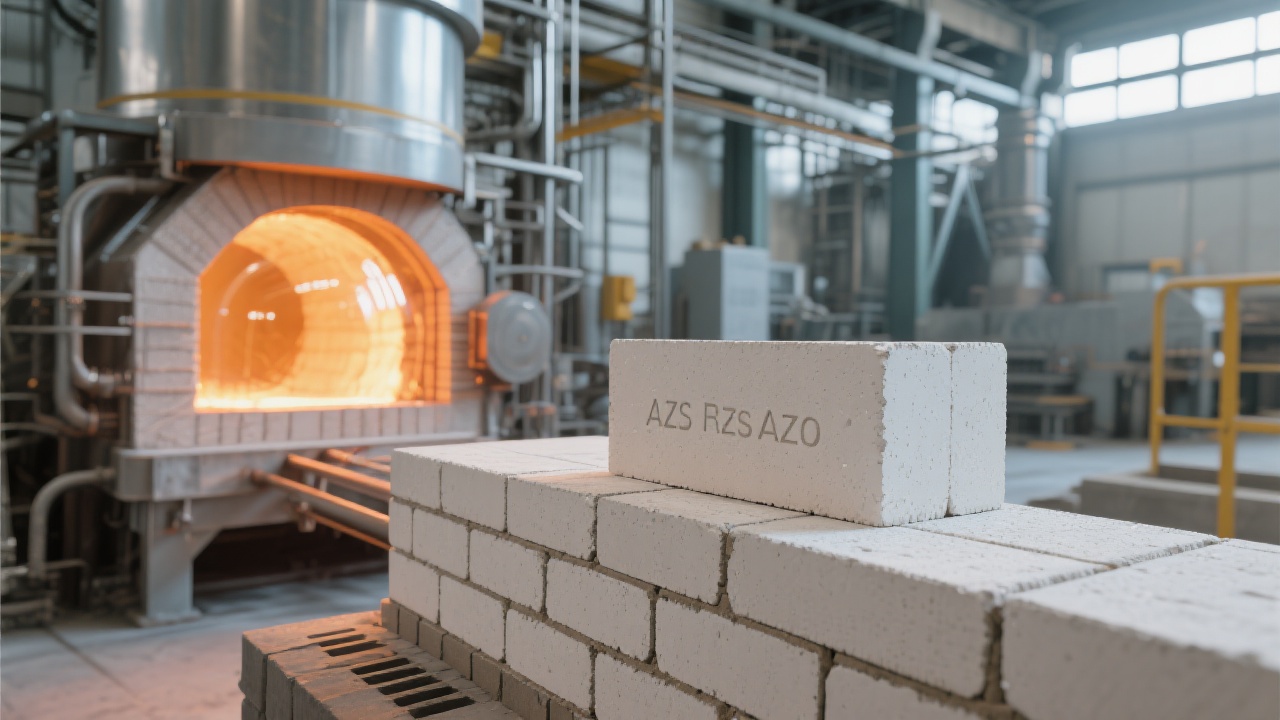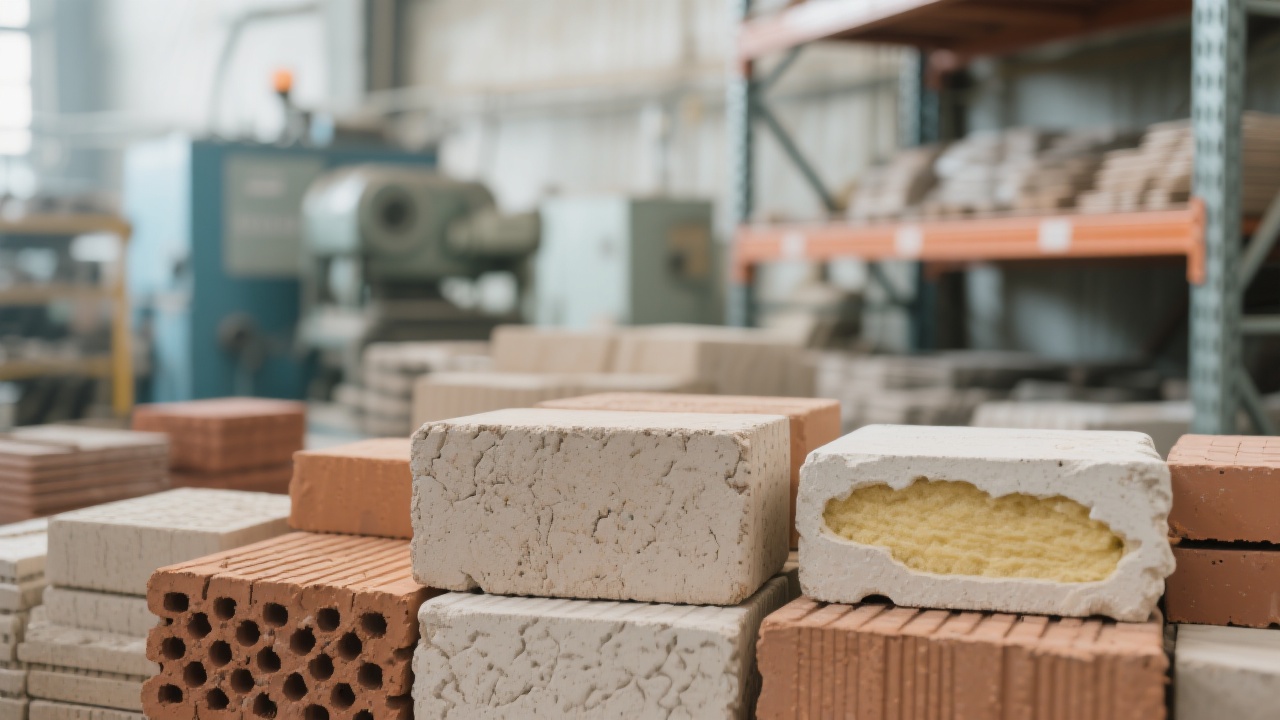
In the operation of kilns, especially in industries like glass manufacturing, the high - loss problem caused by erosion is a headache for many procurement managers. Erosion from alkaline slag and high - temperature environments can significantly reduce the service life of kiln refractories, leading to frequent replacements and increased maintenance costs. For example, in some traditional glass kilns, the refractories may need to be replaced every 2 - 3 years, which not only disrupts production but also incurs high expenses.

Well, here comes a solution: synthetic forsterite bricks. These bricks have shown excellent performance in different working conditions and are expected to solve the above - mentioned problems.
The main mineral component of synthetic forsterite bricks is forsterite (Mg₂SiO₄). This composition gives it unique properties. The forsterite structure has good chemical stability, which can resist the erosion of alkaline slag. In simple terms, you can think of the structure of forsterite as a strong fortress. Just like a well - built castle can resist external attacks, the forsterite structure can effectively prevent alkaline substances from penetrating the brick body.
Previously, when helping a European glass factory to debug their kiln equipment, we found that the original refractory bricks were severely corroded by alkaline slag. After replacing them with synthetic forsterite bricks, the corrosion rate was significantly reduced. The reason is that the forsterite in the bricks forms a protective layer on the surface during the high - temperature process, which blocks the contact between the alkaline slag and the brick body.
In various industries such as flat glass and float glass production, synthetic forsterite bricks have been widely used. Let's take a look at some specific cases:
| Industry | Original Refractory | Synthetic Forsterite Bricks | Improvement |
|---|---|---|---|
| Flat Glass | Traditional Magnesium - Chromium Bricks | Synthetic Forsterite Bricks | The kiln life was extended from 2 years to 4 years, a 100% increase |
| Float Glass | Dolomite Bricks | Synthetic Forsterite Bricks | The maintenance cost was reduced by 30%, and the corrosion rate decreased by 40% |

These data clearly show the advantages of synthetic forsterite bricks in actual applications.
Let's compare synthetic forsterite bricks with common refractory materials such as magnesium - chromium bricks and dolomite bricks from the aspects of performance, environmental friendliness, and full - life - cycle cost:
In terms of performance, synthetic forsterite bricks have better resistance to alkaline slag erosion and high - temperature stability. Magnesium - chromium bricks, although they also have certain high - temperature resistance, are prone to be corroded by alkaline slag. Dolomite bricks have relatively poor high - temperature performance and are more likely to crack under high - temperature conditions.
From an environmental perspective, magnesium - chromium bricks may release harmful chromium substances during the production and use processes, which pose a threat to the environment and human health. In contrast, synthetic forsterite bricks are more environmentally friendly and meet the increasing environmental requirements of modern industries.
When it comes to the full - life - cycle cost, synthetic forsterite bricks win hands down. Although their initial purchase price may be slightly higher than some traditional materials, their long service life and low maintenance cost make them more cost - effective in the long run. For example, if you choose synthetic forsterite bricks, you can reduce the maintenance cost by 30% and at the same time improve the stability of kiln operation.
In addition to the above advantages, synthetic forsterite bricks also have great value in energy saving and reducing downtime. Their good thermal insulation performance can reduce heat loss in the kiln, thereby saving energy. Moreover, their long service life means less frequent shutdowns for refractory replacement, which improves production efficiency.

So, if you are still struggling with the high - loss problem of kiln refractories, it's time to consider synthetic forsterite bricks. Choosing synthetic forsterite bricks = reducing 30% maintenance cost + improving kiln operation stability.
Do you also face the problem of frequent kiln replacements in your industry? You can tell me the specific scenario, and I'll send you 3 solution cases from the same industry. Click here to learn more about synthetic forsterite bricks!

